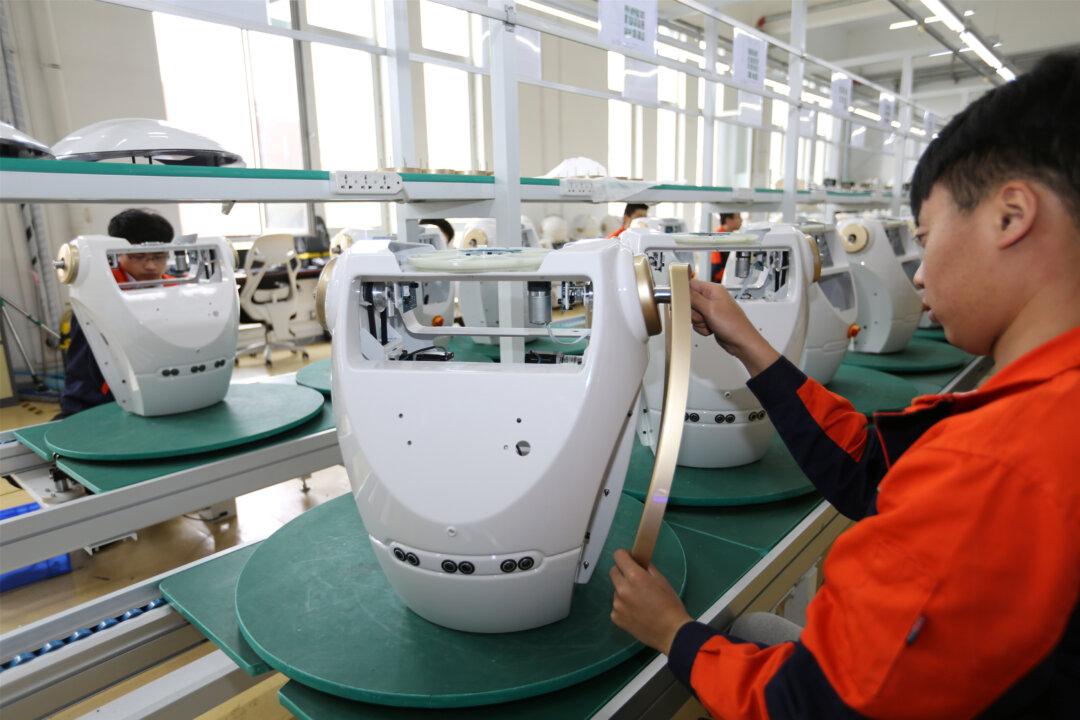BEIJING—Factory activity in China expanded for a second straight month in April but at a much slower pace than expected, an official survey showed on April 30, suggesting the economy is still struggling for traction despite a flurry of support measures.
The unexpected loss of momentum at the start of the second quarter followed upbeat data in March, which had raised hopes among global investors that the world’s second-largest economy was getting back on firmer footing.





